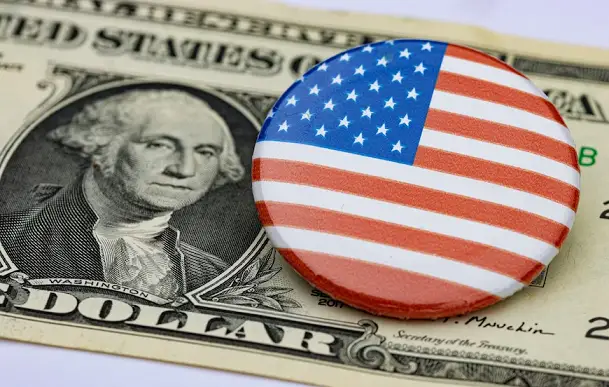On Wednesday, newly released government data showed that the US economy grew at a sizzling 5.2 percent, year over year in the third quarter.
That was faster than the previous 4.9 percent estimate, marking the fastest rate of growth seen in a decade, not counting the effects of the pandemic passing.
The upgrade of the revision was attributed to increases in business investment and government spending. Consumer spending was revised downward along with exports.
The number was the second estimate the government proffered for the gross domestic product, the official measure of economic activity in the nation. Over the second quarter, the government calculated the growth of the GDP at 2.1 percent year over year.
Household spending was up 3.6 percent, reduced from the original estimate of 4 percent. Despite surveys of consumer sentiment showing the public in a dour mood on spending, consumer spending has proven surprisingly strong. Analysts believe that the low levels of unemployment have combined with excess savings accumulated during the pandemic, giving consumers money in their pockets.
Personal savings were revised upward to 4 percent from a previous calculation of 3.8 percent. Disposable personal income increased by 2.9 percent after being revised upward. Real after tax income, adjusted for inflation, increased 0.1 percent after being revised upward by 1.1 percentage points.
Following a previously recorded fall, business investment was revised up, coming in at a gain of 1.3 percent due to firmer expenditures on structures. Housing also came in higher than initially reported.
Nominal GDP, calculated without factoring in inflation increased at 8.9 percent, after being revised upward from a previous reading of 8.5 percent. Inflation-adjusted gross income, also used as a measure of growth of economic activity increased by 1.5 percent.
The average of GDP and GDI, which some see as a superior measure of economic growth, increased by 3.3 percent through the third quarter.
Federal government spending grew by 7 percent annually, revised upward from a previous reading of 6.2 percent. Overall government spending, which included state and local government expenditures increased by 5.5 percent, revised upward from the previous reading of 4.6 percent.
Analysts believe the economy slowed down in the fourth quarter, with data from the GDPNOW reading from the Federal Reserve Bank of Atlanta indicating that the economy is growing at a rate of 2.1 percent through the fourth quarter.


